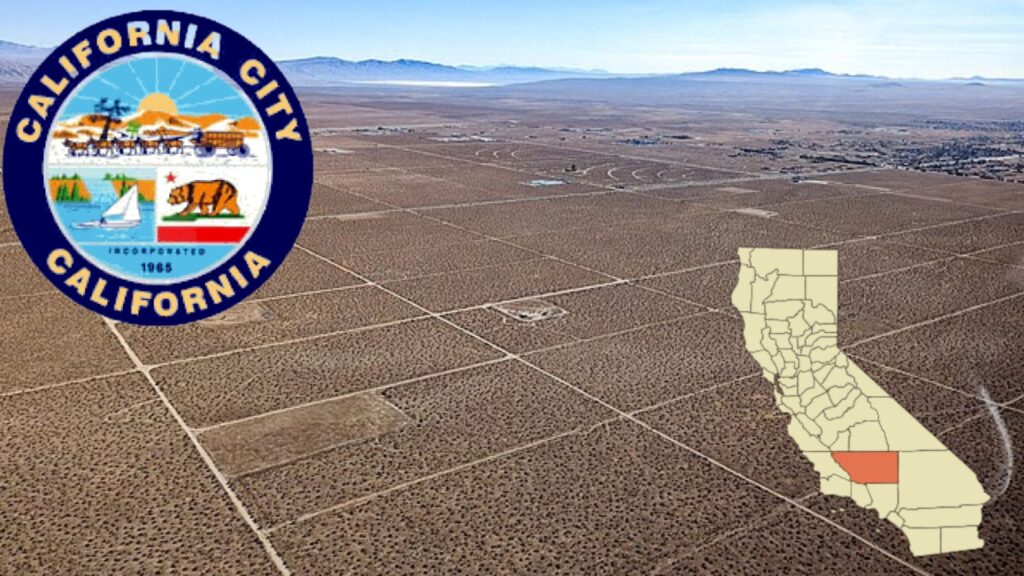Drive just 100 miles northeast of Los Angeles, into the desert of California’s Antelope Valley, and you’ll find the third-largest city on the state map. Though you probably wouldn’t know it.
Welcome to California City, the city that never quite was. Miles of dusty roads and ambition mark what was once intended to be a bustling metropolis of the Golden State.
What Can You Find?
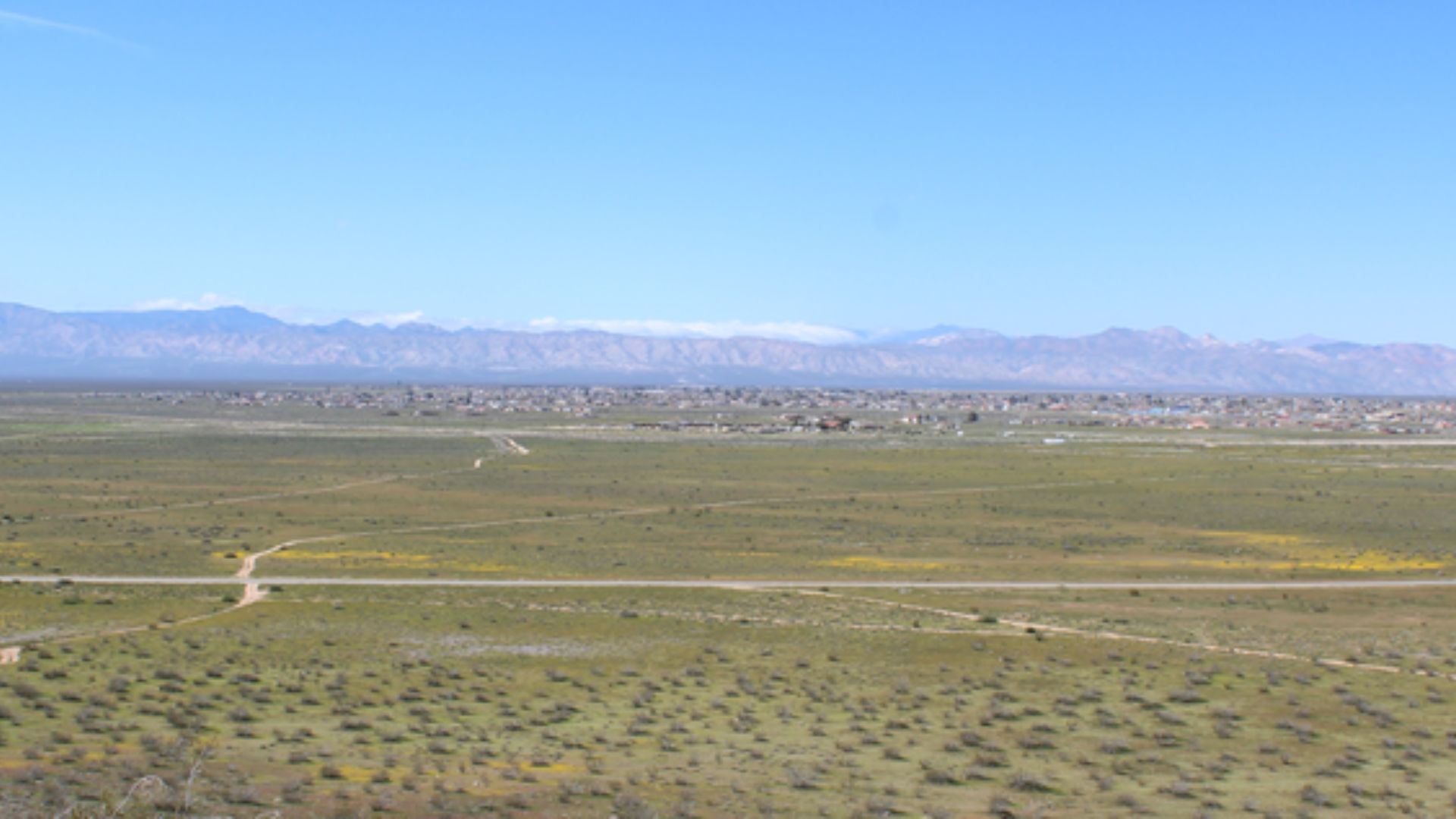
Venture into the desert to California City and you’ll find the blueprint for an expansive city etched into the sand. The eastern half of the city has miles of unpaved roads intersecting and merging, only to end in empty cul-de-sacs.
Here, there are no houses but plenty of street signs with names like Aristotle Drive and Lincoln Boulevard, alongside telephone polls and signs advertising land for sale.
What Was Meant to Be?
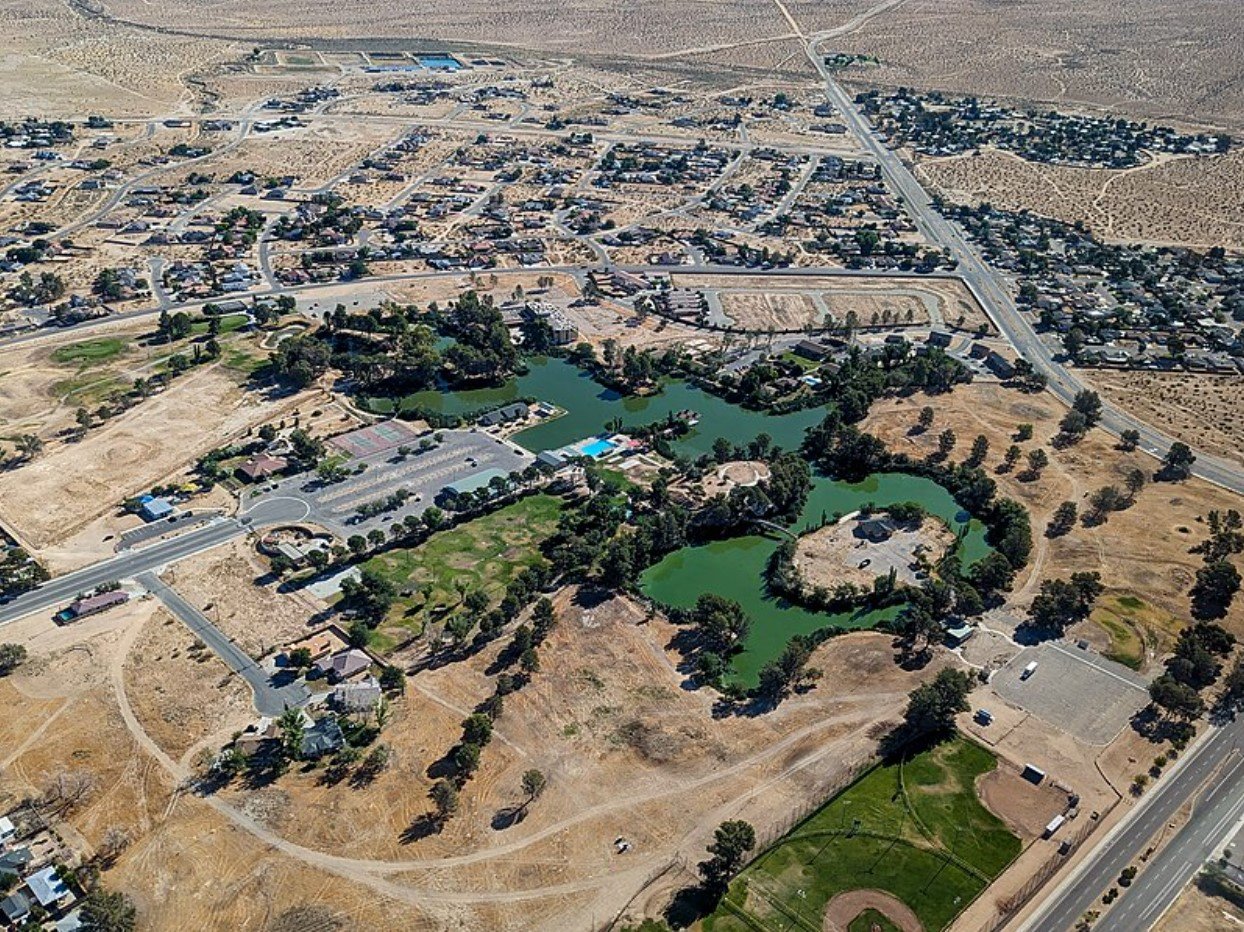
These bare desert roads mark what would’ve been a suburb for an ambitious desert city. It was to be a carefully planned community housing thousands and attracting tourists and visitors.
The city was to home around 400,000 people spread out among a downtown center and six satellite suburbs. There would even be a golf course and an artificial lake. To this day, California City remains the third largest city in California by land area.
The Anti-LA

The city was pitched by developers to be an alternative to, and potentially competing, city to Los Angeles.
Research in the 1950s suggested that LA was reaching its population ceiling with a postwar population boom for which it was unprepared. New communities, like California City, would need to help pick up the slack.
LA’s Traffic Problem

California City’s developers felt that LA’s population and traffic problems were down to piecemeal development, leaving the city unprepared to handle the sudden population influx.
California City would avoid the same pitfalls. It would be built for purpose — a sprawling, self-sufficient desert city initially conceived for a population of 400,000.
The Genesis of California City
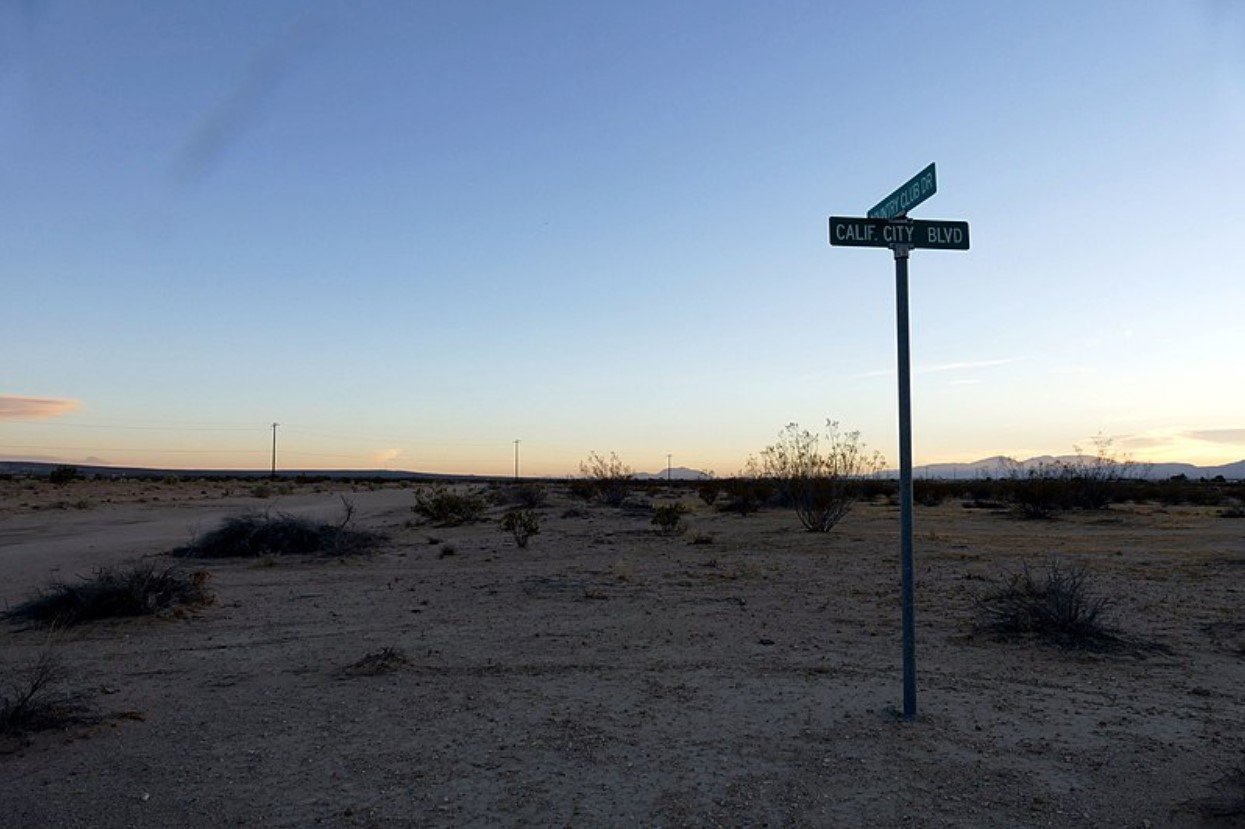
California City was born in 1958 when developer Nat Mendelsohn and his California City Development Company bought around 80,000 acres of land in the Kern County desert.
Original planning and design for California City took about a year. This included the most minute and specific details, like the types of trees in the park and the colors of road signs.
Previous Developments

Nat Mendelsohn, California City’s chief salesperson, wasn’t coming into this project cold. He had a good track record of designing communities.
Before taking on California City, Mendelsohn had developed the Arlanza Village neighborhood in Riverside and helped subdivide the desert community Hesperia, just outside LA. But California City marked a project of a far more ambitious scope than he had ever tackled before.
Failures to Build California Cities
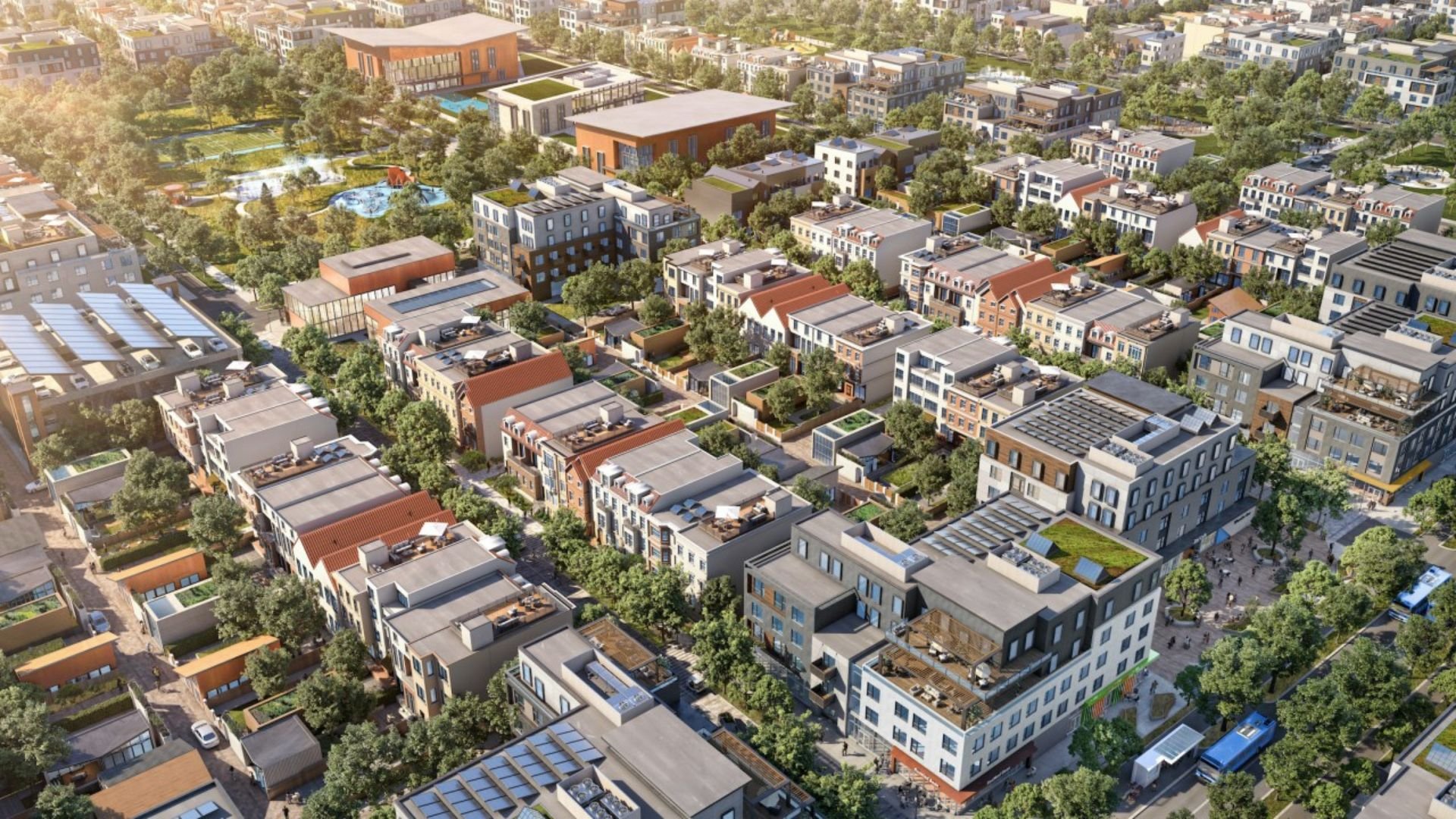
California City isn’t the first city in California to fail to take off the ground. The California Forever group had planned on building a new city in Solano County.
However, these plans have been put on hold for now. This is partly due to a ballot in November no longer going ahead, with the group planning on submitting an application to get the approval instead.
The First Challenge

The first challenge development faced was finding water. The development company invested millions in locating water.
The heart of the city was initially intended to be on the eastern side, but the aquifer was under the western side. This western hub did eventually develop into California City’s population center — this is where Mendelsohn’s company paved roads and laid out water infrastructure for housing.
Incorporation

California City was incorporated in 1965, with a population of around 600. The mood was one of expectation for a bright future. The incorporation was more than just a nice piece of pomp and ceremony.
By incorporating, the development company could shift financial responsibility for city maintenance to the new city government. At the time of incorporation, California City was already $7.5 million in the hole.
A Vision for the Future

The whole point of California City was that it would be a vision for the future. It was helping to prepare for future needs, and the hope was that it would still be relevant today.
However, decades after its conception, the idea for the city has barely got off the ground. It appears that this vision for the future wasn’t quite clear enough.
Land Rush

Financial struggles for a new city still heavily reliant on external funding for infrastructure would be the story of California City’s decline.
There’s a long and complicated history of different companies buying the development, but another big factor in California City’s struggles was ultimately a lack of interest. A promised “Land Rush” of residents eager to buy lots in California City just never quite materialized.
No One Wants to Live in the Middle of a Desert
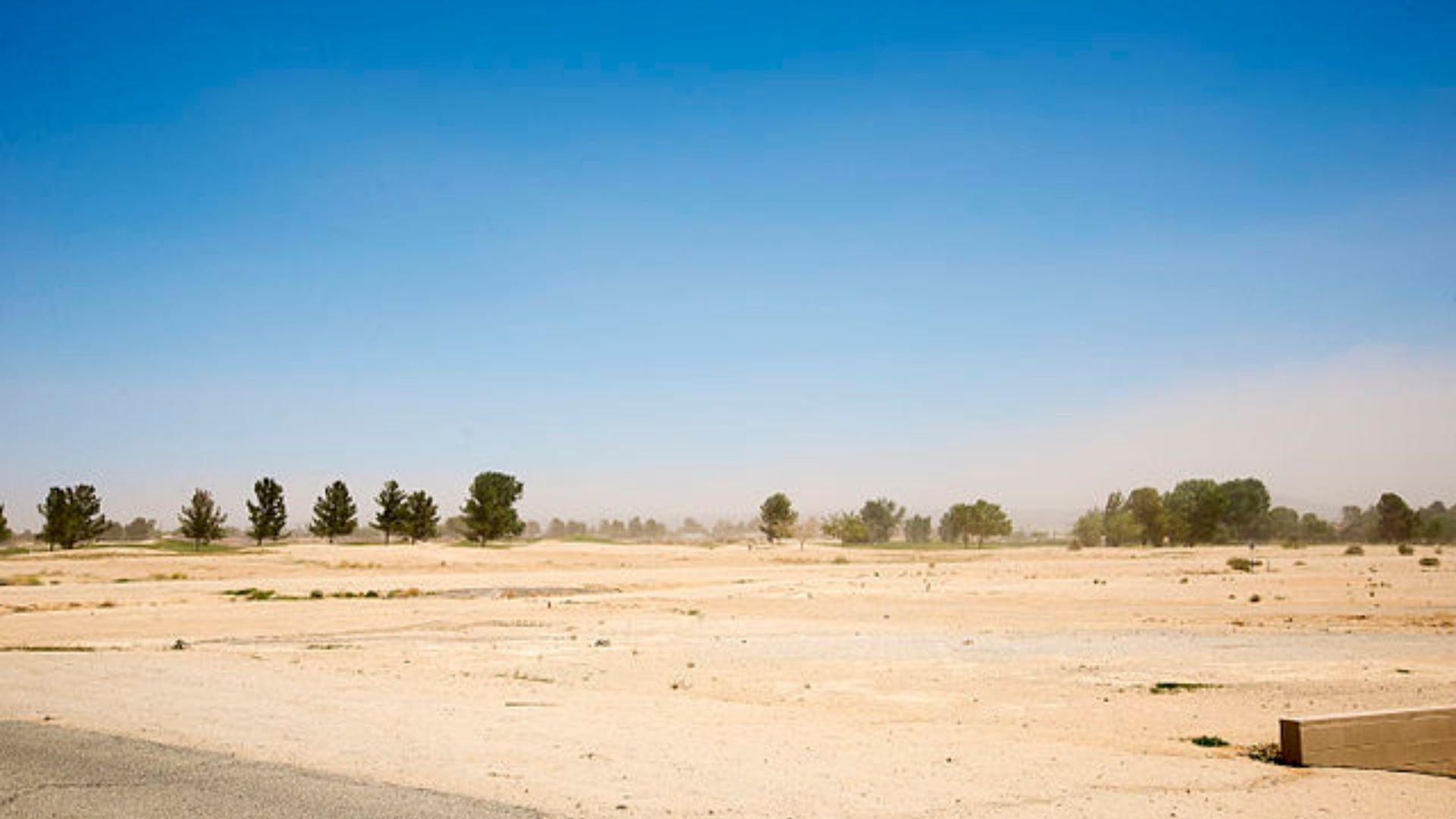
One of the main issues with trying to get people to buy the land here was the area. Even though it was promised to be a large and bustling city, people had concerns.
Some of these concerns included its location in the middle of the desert and miles from the nearest highway or city. No one saw it as a practical place to live, so they decided not to move there.
Santa Ana Winds
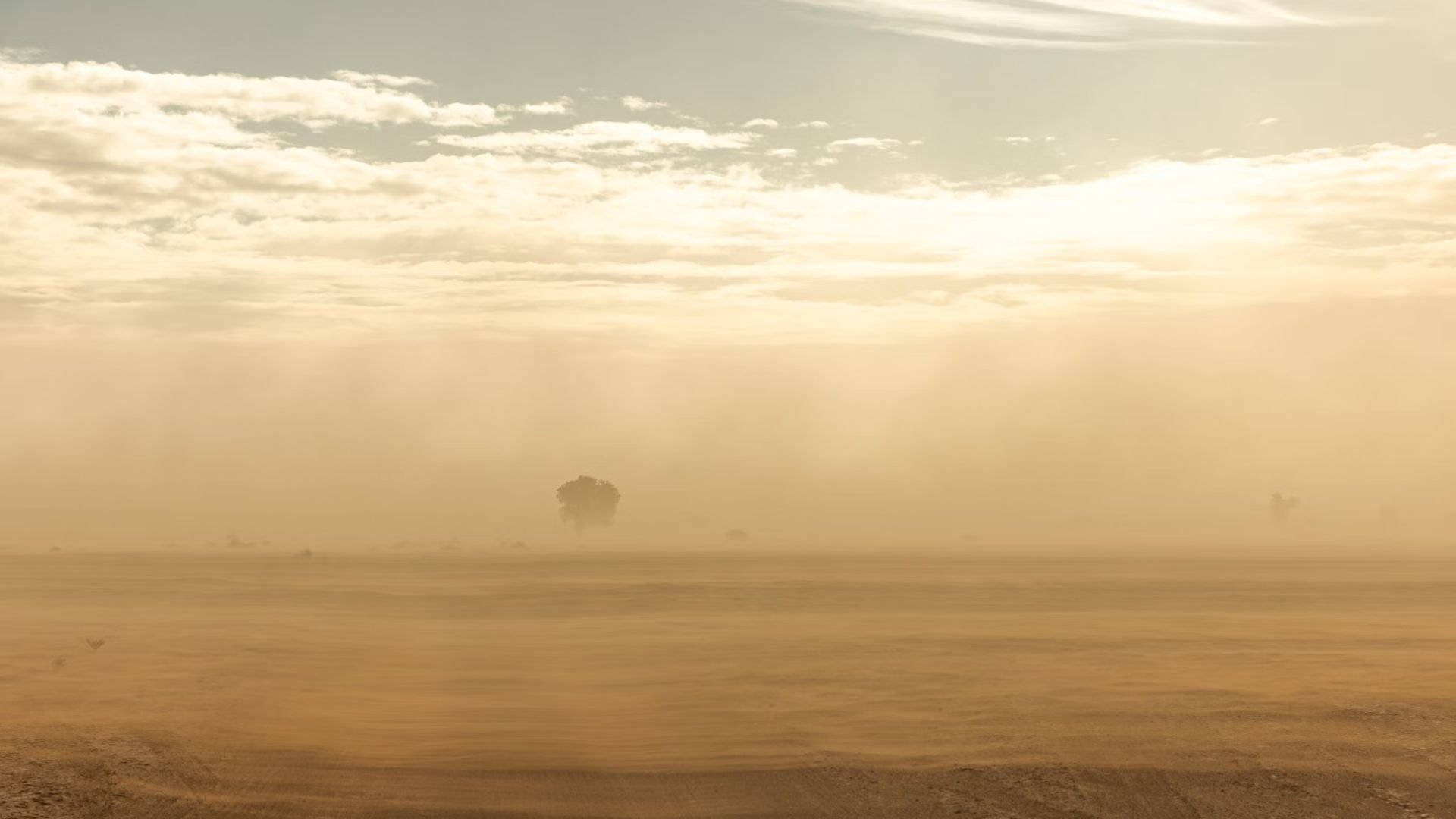
Another issue people had was the Santa Ana winds. People who had either visited the area or lived nearby noticed this.
As California City is a desert, the strong winds caused a sandstorm, immediately putting people off when they experienced it.
Not Everyone Visited California City
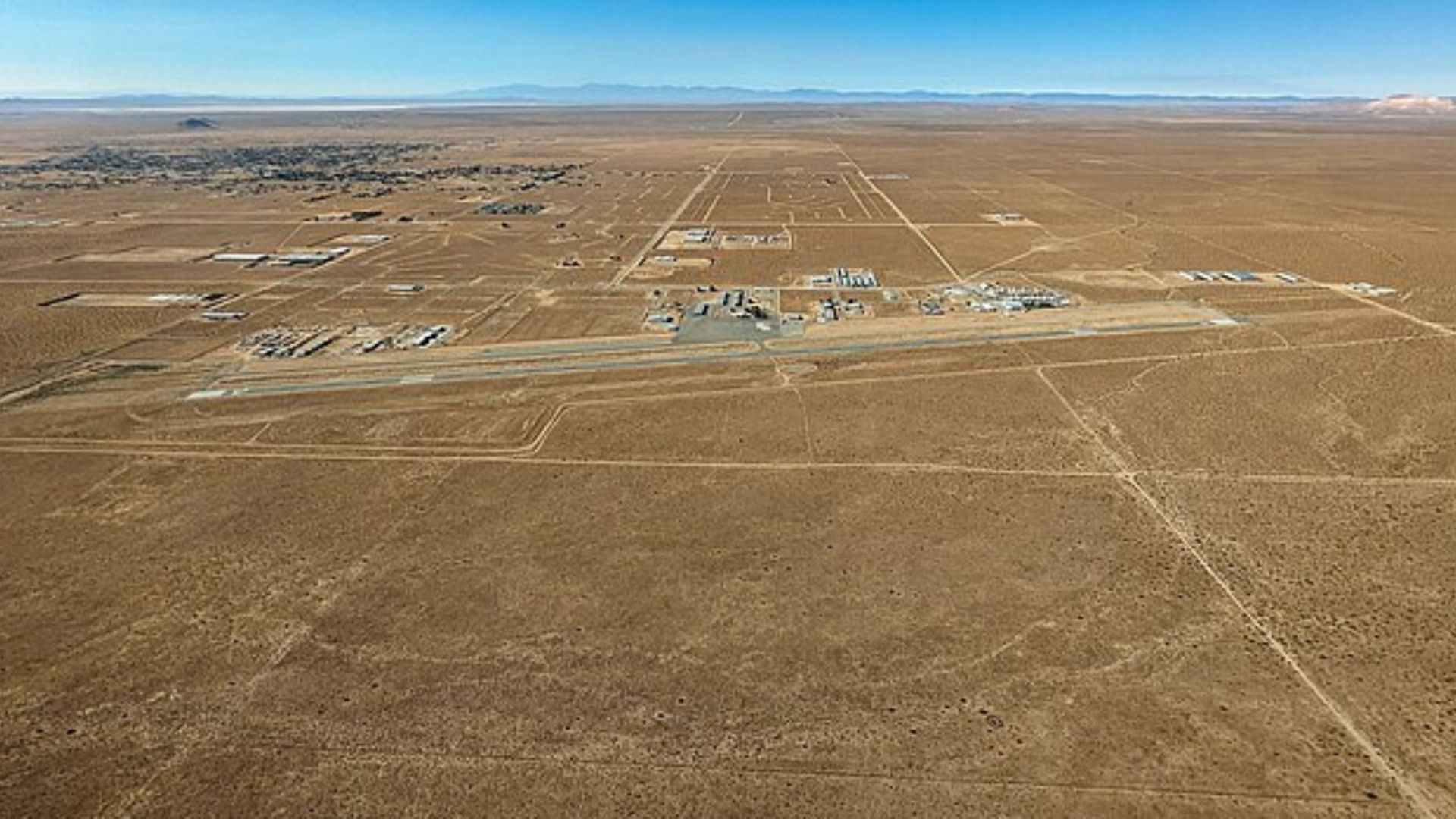
Those who decided not to buy the land might have been shocked to hear that some had. However, those who did had their reasons for this.
The main reason is that most people who brought land in California City hadn’t visited the area. They quickly realized that the land they had brought wasn’t the land they were promised.
The Power of Marketing

This is all about the power of marketing. Mendelsohn was the ultimate hype man, building up a lot of excitement about the area.
This was how he got people to buy land and property in the area without them seeing it first, as they believed the city would be amazing.
The Issue With Inflation

One of the main issues was that those who actually bought land in California City sued the owners. This happened in the 1970s, and the people claimed they had been sold the land at an inflated value.
The owners were fined by the Federal Trade Commission for false advertising. They had to repay more than $4 million to 14,000 people.
The Land Was Sold
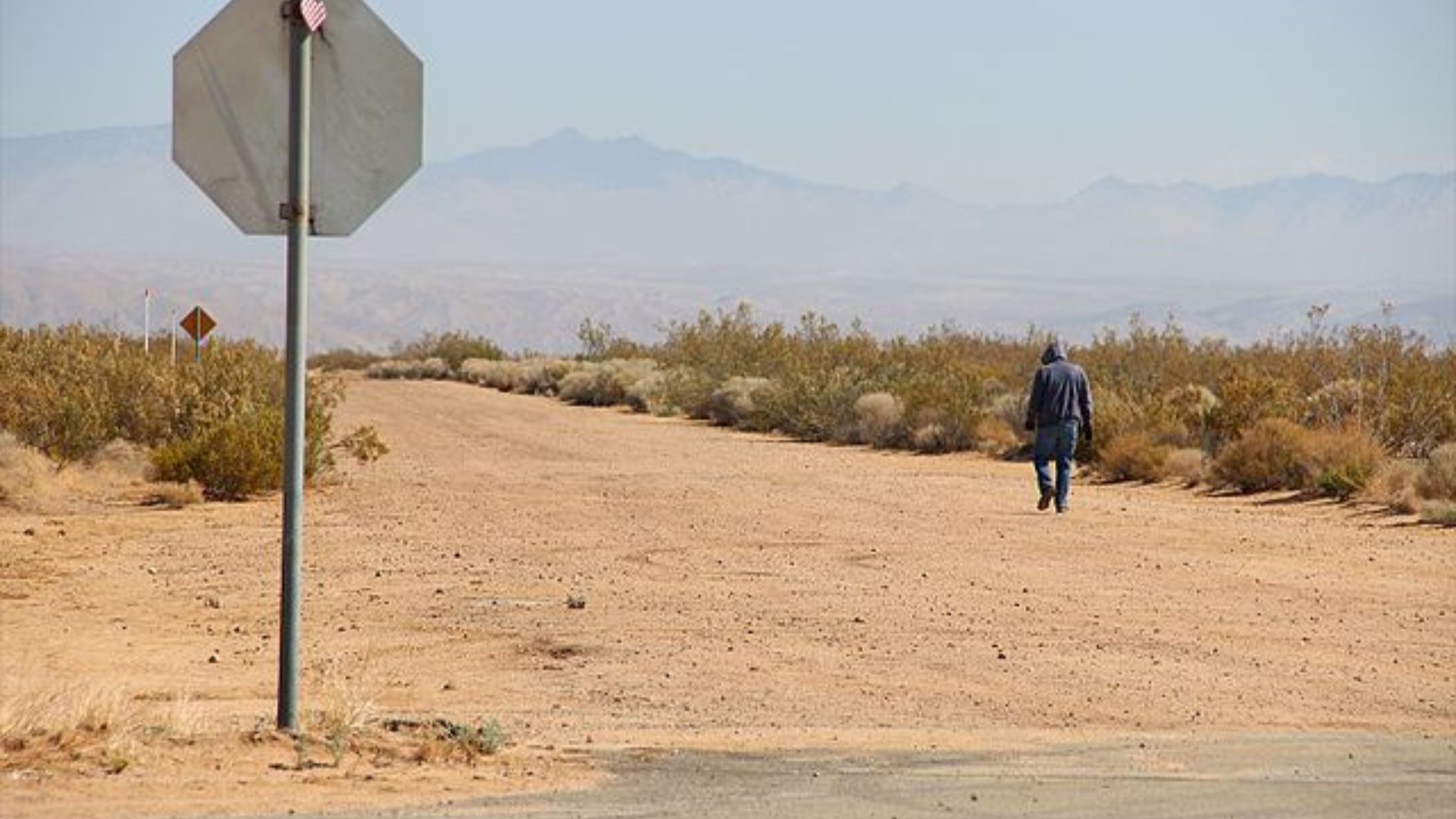
Various lawsuits were filed against those involved with California City, to the point where they felt it was more trouble than it was worth.
The land was eventually sold to a mining company. As a result, it was never developed as intended and was left as a practically empty space.
Crowning Jewel of California City’s Development
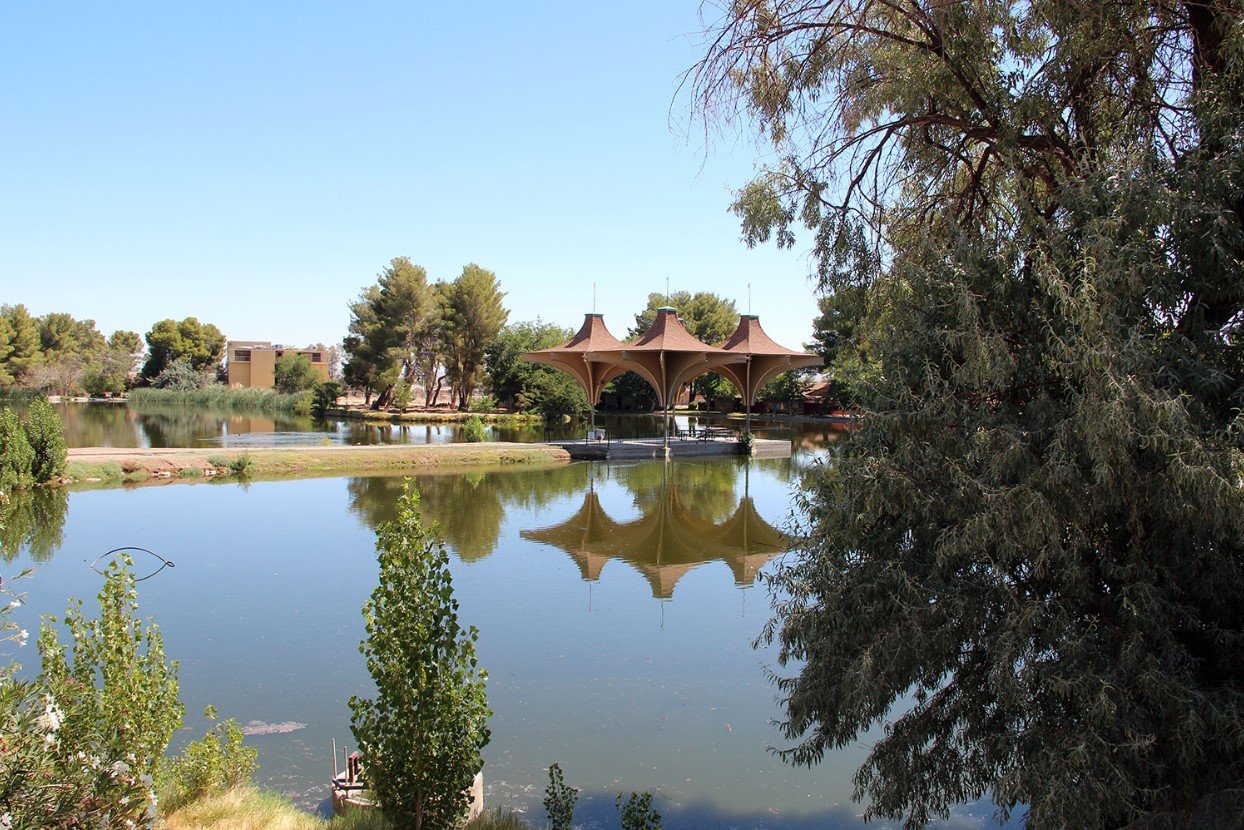
The greatest achievement in California City’s development was probably its central park, complete with an artificial lake and waterfall. For the city’s opening, 10 gallons of water from New York City’s Central Park was ceremonially dropped into the lake.
Today, the lake is green with algae and the waterfall has long since stopped flowing — a perfect visual metaphor for how the city never realized its ambitious promise.
A Dry, Desert Land
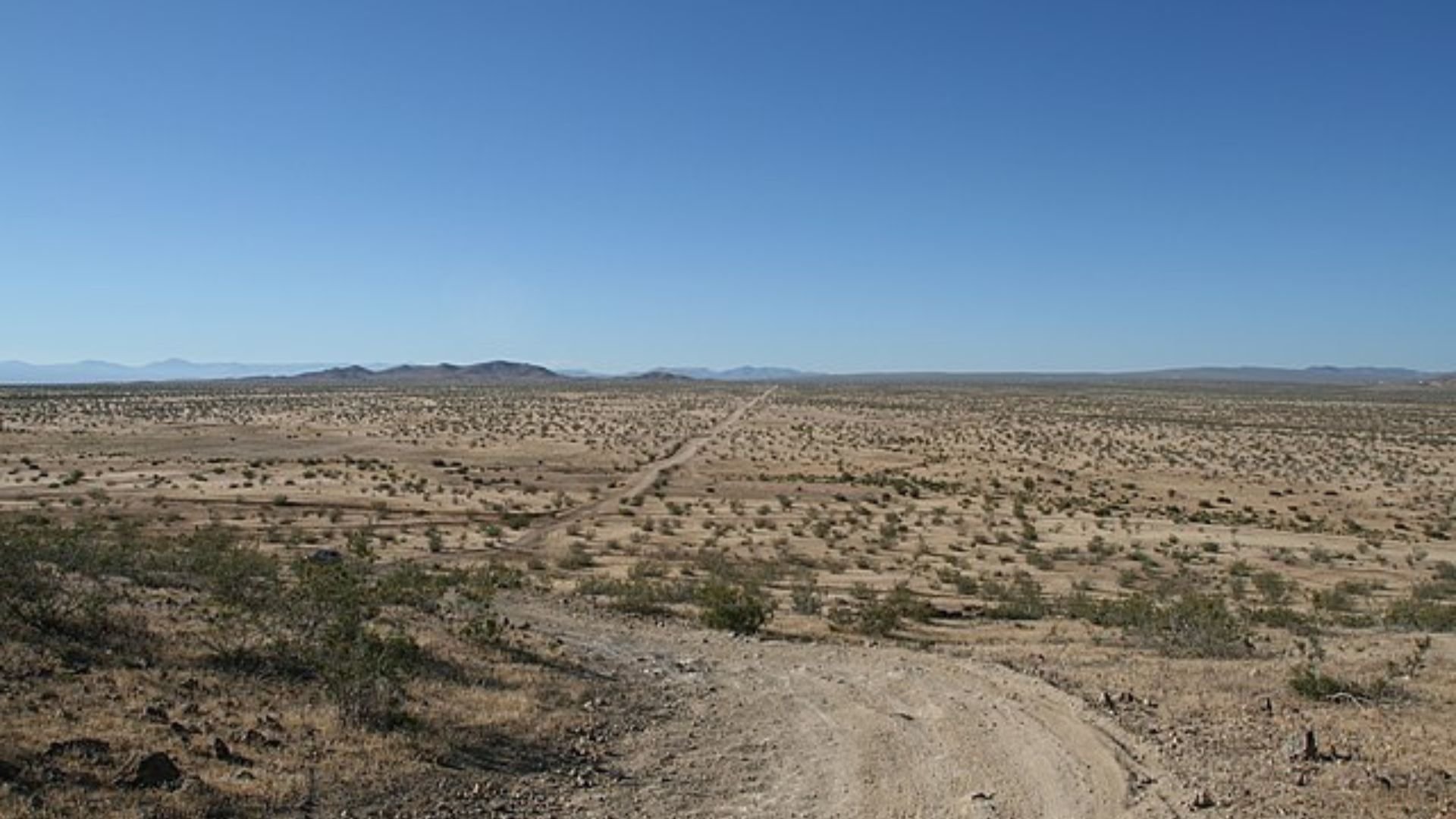
One of the main issues with California City is that it’s in a desert, which makes the land around it very dry.
This is why the park is a surprise to many people. It was thought practically impossible for anything green to grow there, which is one possible reason it put people off.
Money Makes It Happen

The fact that developers were able to get Central Park up and running only shows that spending money in the right way and putting in a little effort can make things happen.
It also proves that if the same money and effort had been put into other aspects of the city, it could now be a thriving community rather than an empty wasteland.
California City Has a School District
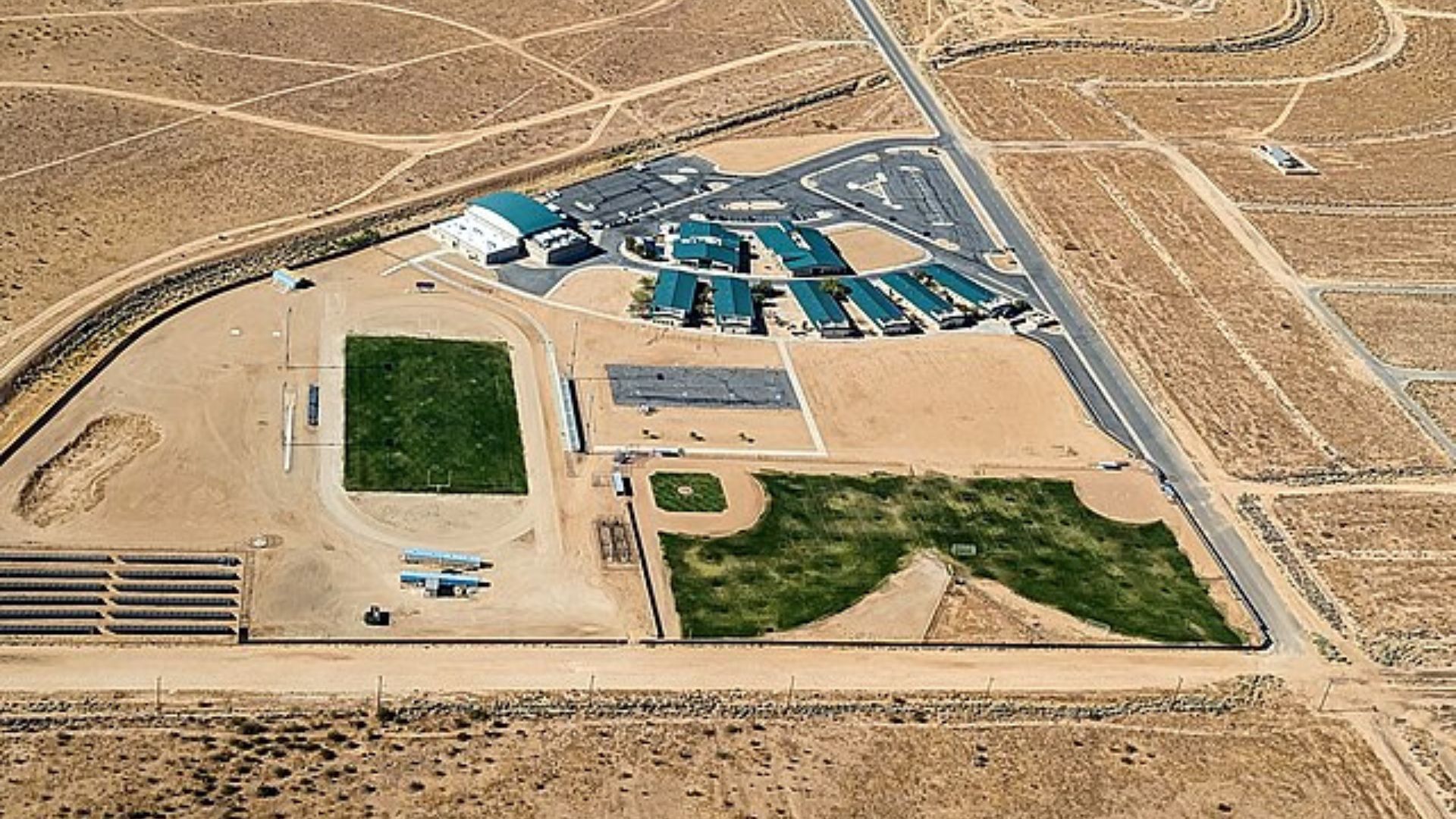
Despite only having a small fraction of the population it was supposed to have, California City has its own school district and public bus service.
However, there are plenty of things that it doesn’t have that its current inhabitants would probably find useful. These include a grocery store and a hotel in case anyone wants to stay in the area.
Property Can Be Built On
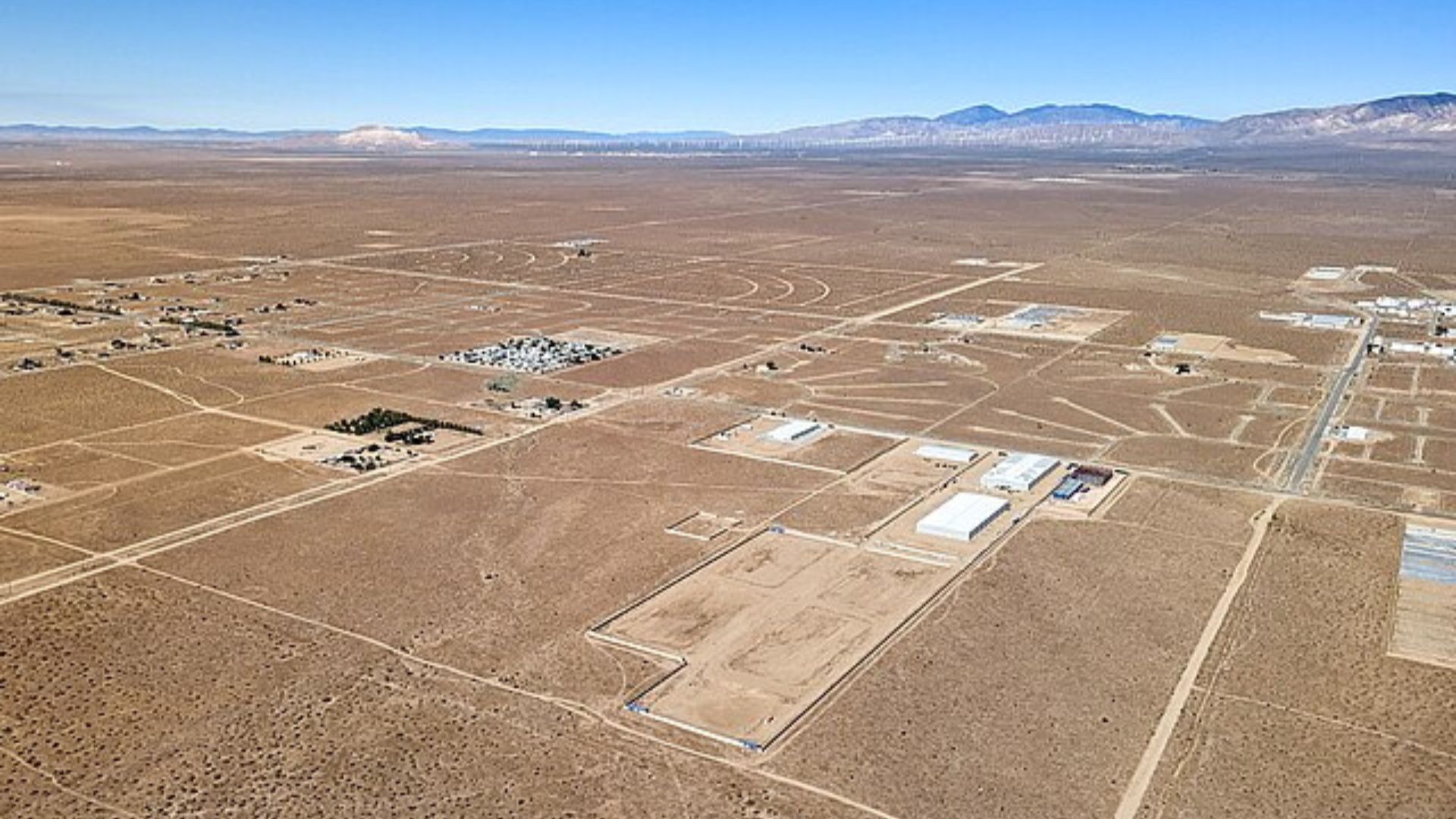
Despite California City being practically abandoned, people can still buy property in the area if they want to.
However, it is worth noting that there aren’t any plans to build the city into what it was meant to be. If people plan on buying property there, they will likely be living in the middle of nowhere and must drive for miles just to get some groceries.
California City Today
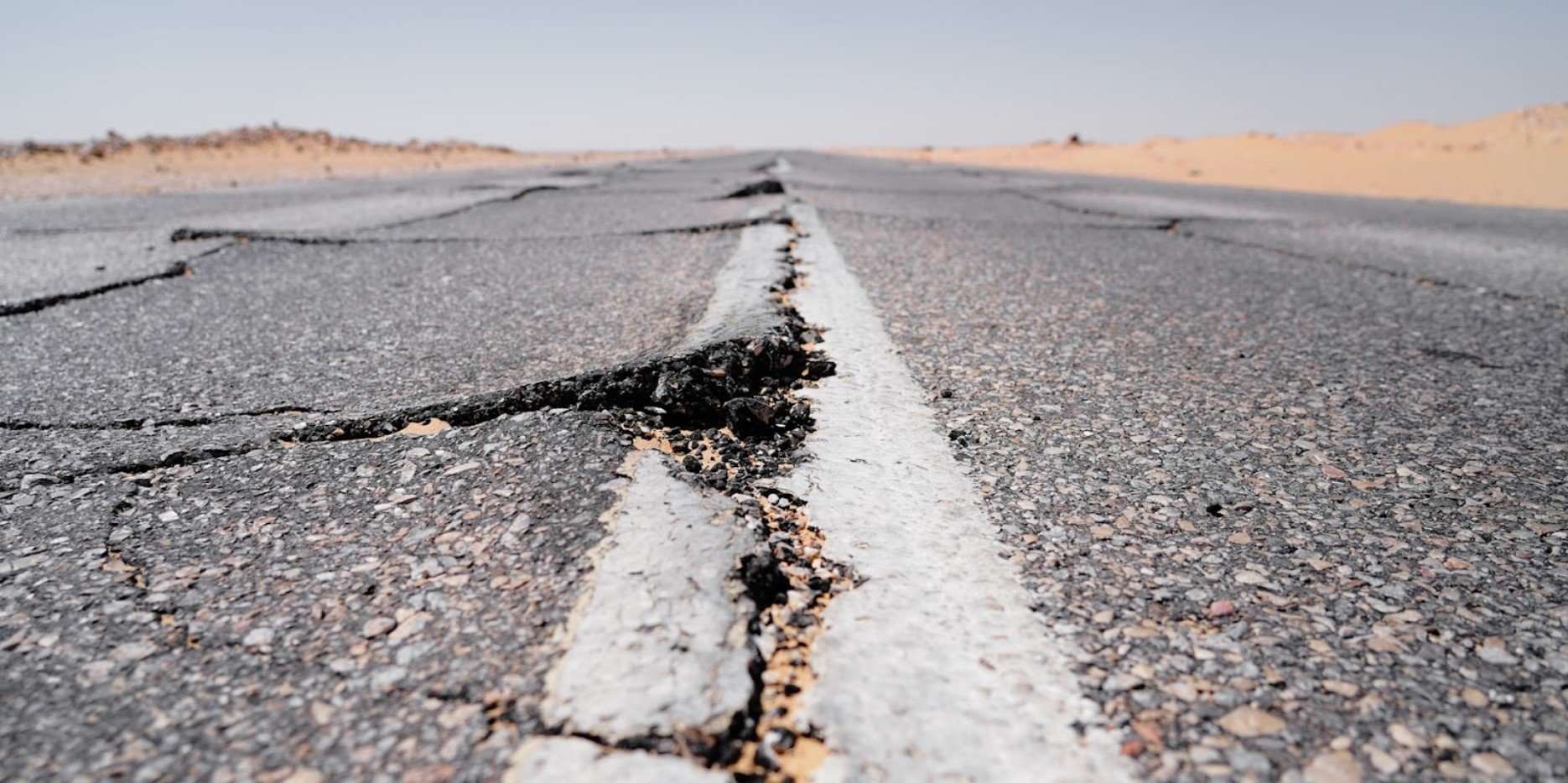
Even if it never quite materialized into the majestic desert metropolis it was envisioned to be and never developed its own economic base to attract widespread migration, California City lives on to this day.
Inexpensive housing made California City a popular place to retire, while others found it ideal for working at the nearby Edwards Air Force Base or in neighboring Mojave. Whatever the reasons, more people seem to be calling it home, and California City’s population appears to be on the rise. However, it still hasn’t reached anywhere near the dizzying heights envisioned 60 years ago.
